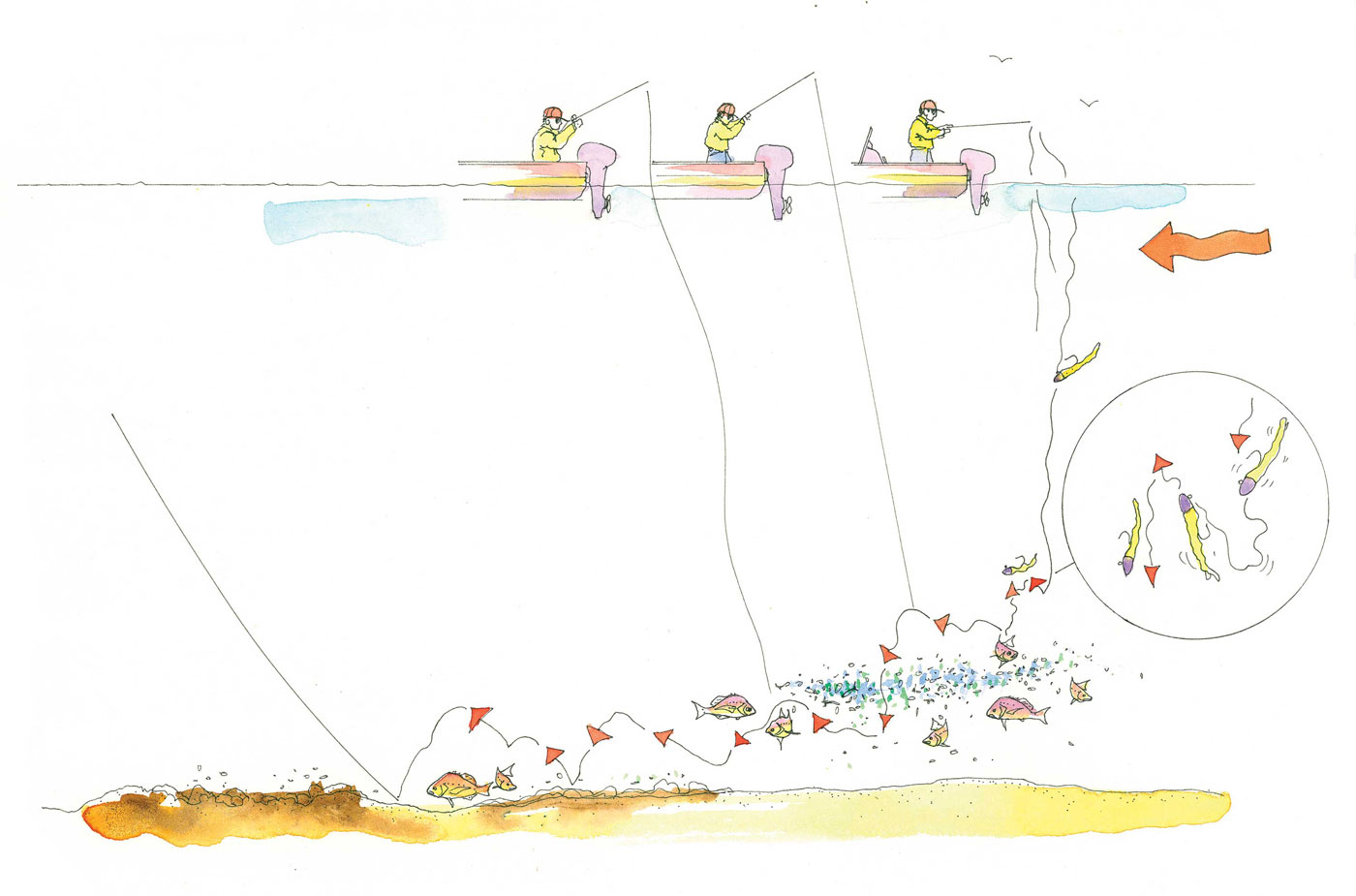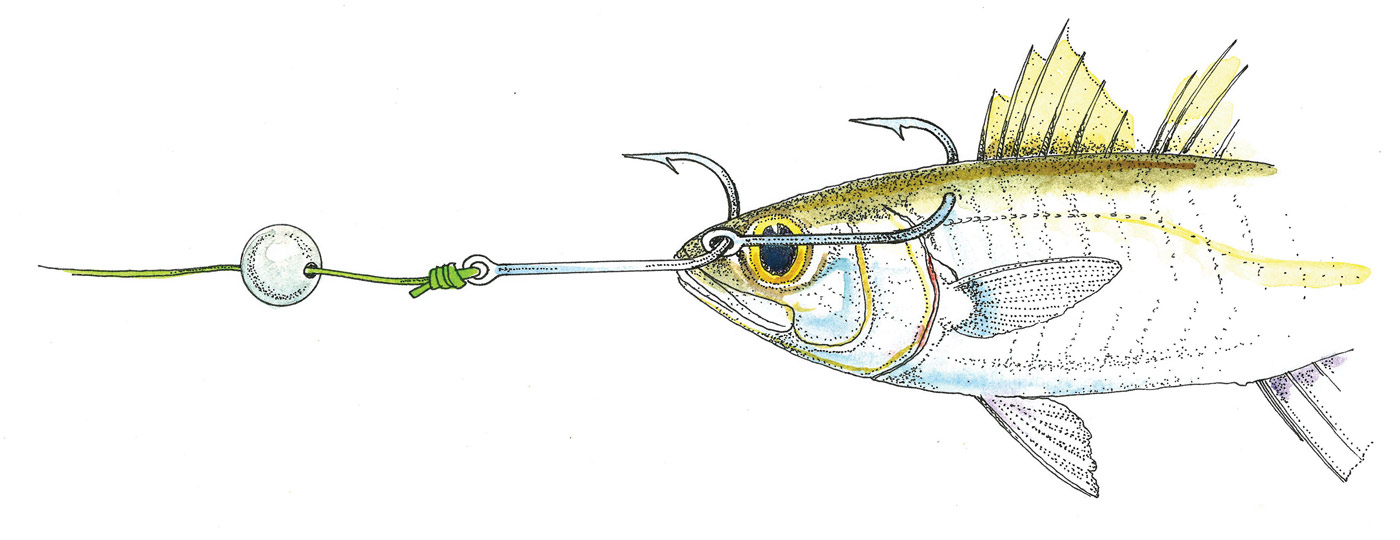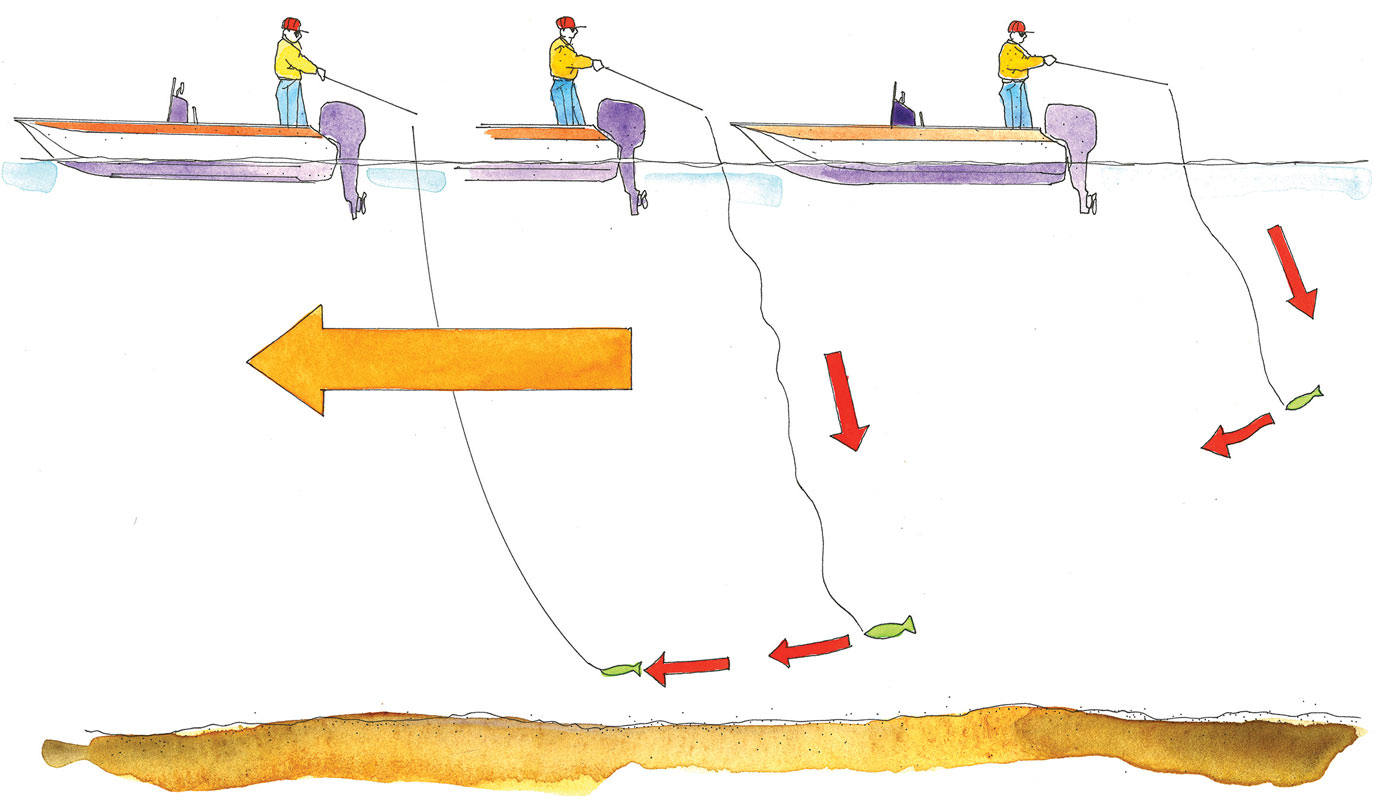Author: Nige Webster
Snapper are one of, if not the most popular recreational fishing target in Australia, and prized models are often found in deep water around the country’s vast coastline.
There’s a lot to like about these fish
A migratory species, snapper not only look good, but they fight with purpose and are versatile on the plate. Perhaps the biggest reason for their popularity though is the myriad methods anglers can employ to tempt a bite.
Once the sole domain of the ‘bait and wait’ approach, snapper fishing has really come of age in recent years with soft plastics, blades, jigs and even trolling all proving formidable techniques to get anglers hooked up. And the best part is, anyone can do it.
Let’s take a look at some tried and tested lures and methods for targeting deep water dwelling snapper.
The deep-water snapper vibe
I separate my snapper fishing into two key types: shallow water and deep water. Shallow water consists of 5 to 20m and the rest I loosely refer to as deep water fish.
I’ll cover my shallow thinking another time but right now let’s look at lure fishing for snapper in the deep. I love the deeper water, because for me, this is a place I can target snapper pretty much all year round.
I’m a firm believer that snapper are driven by water temperature. They hold, spawn and feed in waters that suit their temperature needs. In my neck of the woods (Sunshine Coast), deeper water will hold snapper all year and as such I’ve spent a lot of time learning what works well when using a lure to catch them.
How to locate snapper
Catching deep water snapper means you have to find them first. I spend most of my time targeting deeper fish in 60 to 80m of water. A sounder that shows good definition of subjects in deeper water is a must: medium to upper end units within the Lowrance and Garmin range will do this.
Use charting software to find sections of reef and then slow down while sounding and look for areas holding bait. Having found areas with baitfish schools, look for signs of bigger fish holding around the bait: they will show up as discrete short lines or ‘arches’ sitting on the edge or just away from the denser baitfish schools. Once you see these pictures, you’ve found your fishing spot.
To target these deeper water fish with lures, I aim to sit directly on top of the fish I have seen on the fishfinder. This means being good at anchoring, or like me, you can be lazy and deploy the use of GPS locking electronics such as a bow-mount electric motor which makes this job easy!
Soft lure types for snapper
It’s now time to put a lure into action and the question becomes which lure do I use? In these situations, I spend a lot of time fishing two types of lure, and both are soft.
I use soft plastic lures (minnow and curl-tail styles) and soft ‘vibes.’ The vibe is short for vibration bait and these lures are also known as soft lipless crankbaits. When it comes to technique, I use the same method when fishing all of these lure types.
Some days one type will produce most of the fish which means it’s worth experimenting with a variety early in the day before settling on a ‘favourite.’ I’m going to spend most of this piece describing the use of vibes, as lately, they’ve produced a lot of fish for me.
I think the reason for this is the manner in which these lures swim throughout a retrieve: they sink like a baitfish running for the bottom, vibrate like a wounded baitfish when lifted, and when paused, they look just like a baitfish trying to avoid detection. This combination means they will get eaten at any time!
Lure Selection
Catching fish on these soft lures means selecting a suitable weight to get down to the fish while still making the lure look natural: this is referred to as ‘presenting the lure’.
There is generally always current flow when fishing deeper water, it just depends how much. I aim to choose a weight that will get down to the fish without charging to the bottom like an anchor.
If fishing with curl-tail and minnow soft plastics, choosing the right weight means selecting the best jighead weight. If using a vibe, this means selecting the best size and weight of lure to get the job done
I spend most of my time fishing with 95 and 110mm lures that are weighted 23gm and 30gm respectively. In 70m of water, the 30gm (or 1 ounce) model is often the best option for consistently getting close to where the fish are.
Snapper lure buyers guide
There are plenty of good soft plastics to choose: select 4 to 7” minnow and curl-tail styles of soft plastic from brands such as Z-Man, Savage, Zerek, Squidgie, and Berkley.
There are several brands of vibe to choose from: select Zerek, Samaki, Jackal, Reidys to name a few.
Snapper gear selection
The method for catching deeper fish on these lure types is made easier with the right rod, reel and line combination.
I choose rods in the 6 to 7ft category with my preference being those around 6ft 6in because they offer easier use when casting from a boat. Weighting of rods should be in the 4 to 7kg or 6 to 10kg range.
Match the rod with a spinning reel that suits the outfit: this means the reel should not be too heavy or light for the rod. Picking the outfit up with the reel on it while in-store will quickly show which reel ‘feels’ right. Reels should have good line capacity: this means at least double the depth of water being fished. You want to be able to fit at least 150 to 200m of 20 to 30lb braid on the reel. This means you will typically be looking at reels in the 4000 to 5000 size range.
Drag pressures are not critical as you don’t need locked drags when targeting deep water snapper. More important is a smooth and durable reel so look at lots of ball bearings and a reel that is easy to turn while testing in-store.
You’ll find plenty of good brands to look at like Shimano, Savage Gear, Abu Garcia, Penn and Daiwa to name a few.
There are many quality braided lines on the market and you’ll need to select a 20 to 30lb option. Choose a line with a small line diameter for its breaking strain (tip: compare different braided lines) and a visible colour.
The fine diameter will help get your lure down to greater depths more easily, and the colour will help you see the movement of line around and behind the boat. I typically complete the outfit with 2 to 3m of 20 to 40lb monofilament or fluorocabon leader: remember that the lighter the line you use the more naturally your lure will present to fish.
Technique
The method employed to use soft plastics and vibes in deep water is relatively simple. The boat needs to be anchored directly on top of fish as discussed above.
The next step is to work out which direction the current is moving: this is very important and easy, you simply drop a lure down behind the boat and by watching which way the braided line starts to move you can work out the current direction.
Having worked out current direction, you can now prepare to get a lure down to the fish. The best way to do this is to cast a lure up-current. If the current is strong then you need to cast as far up-current as possible. In the event of strong current, I generally pull another 20m from the reel following the cast to help the lure start sinking. Then simply engage the reel, loosen the drag and put the rod in a rod holder.
At this point I simply watch the line and wait until it points directly beneath the boat where I then start watching my sounder for signs of the lure appearing in the sounding. If you have managed to cast directly up-current, you will often see the lure clearly appearing on the sounder screen.
This immediately tells you if you need to let more line out or if you have the lure in the firing line. At this stage I also look at the reel to establish how much line is on the spool: this helps me benchmark the next casts and becomes a measure for what depth my lure is travelling. Once the lure is in the strike zone of the fish, I tend to give it a few sharp lifts to get the interest of fish, before pausing to see if a fish will grab the lure as it drifts through the area.
Once the lure has drifted out of the zone and further behind the boat, I retrieve it and repeat the whole process again. Once you become good at it, you can have a few rods working in tandem: as one lure is down deep, another lure can be cast up-current and rods can be moved through the rod holders in leap-frog style.
Bites can occur at any stage and its key to let the rod load properly before setting the hook: using soft lures is much like fishing with bait and fish need to properly mouth the offering before the rod tip is lifted to hook a fish. For this reason, I often let the rod holder do a lot of work in hooking fish, as they (rod holders) don’t have a habit of pulling lures away from fish!!
Deep water snapper wrap
Deep water provides a consistent place to target snapper. With the right technology, equipment, a bag of soft lures and a little technique, you will be well on your way to having plenty of snapper fun!

Deep Drift
- Free spool the plastic (controlled between thumb and forefinger) until you believe it is near the target zone.
- Lock line between thumb and forefinger and give the rod a few jerks to pause and shake the lure in the water column.
- Free spool again to target depth. (Watch closely for bites in the line at this stage!)
- Engage reel and let the plastic ‘swim’ for 10 to 15 metres while jigging the rod occasionally.
- Free spool the plastic and let it drop again. - Continue drop and spin process
- Fish will often take a plastic as it swims out of the bait school. It is a lifelike imitation of a fleeing bait fish
- Fishing the bottom involves letting the lure sink until the bottom is detected. Continue the retrieve as per 1 to 5 above.
- When excessive line is behind the boat (low angle between line and water) it becomes hard to manage. Retrieve and start again in this case.

LIVE BAIT RIG
The best rig to use when targeting snapper on live bait is simple. A ball sinker running directly on top of a two hook gang rig is all you need. Select a hook brand and type that will enable you to produce ganged rigs and you are most of the way there. Hook sizes should be selected on the basis of the bait size you have available to you. Typically a size 6/0 and 7/0 hook will satisfy most of your requirements.
Rigging is also a simple affair. Remember that you are drifting with these baits: this means the bait should be rigged to swim forwards and therefore has to be nose hooked. Measure the bait alongside the rig to identify where hook points should be placed. Rig the bottom gang hook through the shoulder of the bait and then follow this by rigging the upper gang hook through the nostrils of the bait.

DRIFTING LIVE BAITS for SNAPPER
- Release bait to mid-water level as boat drifts; line should be controlled between thumb and forefinger.
- Engage reel and hold bait at mid-water level for 10 – 20 sec: this removes belly from the line.
- In the event that you hit bottom or believe you are close, engage the reel.
- Allow the bait to drift near the bottom; occasionally release line to get the bait back to the bottom.

